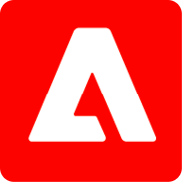ACCOUNTS RECEIVABLE VS PAYABLE
Accounts Receivable refers to the money owed to a company by its customers for goods or services delivered but not yet paid for.
Accounts Payable represents the money a company owes to its suppliers or vendors for goods or services received but not yet paid for.




